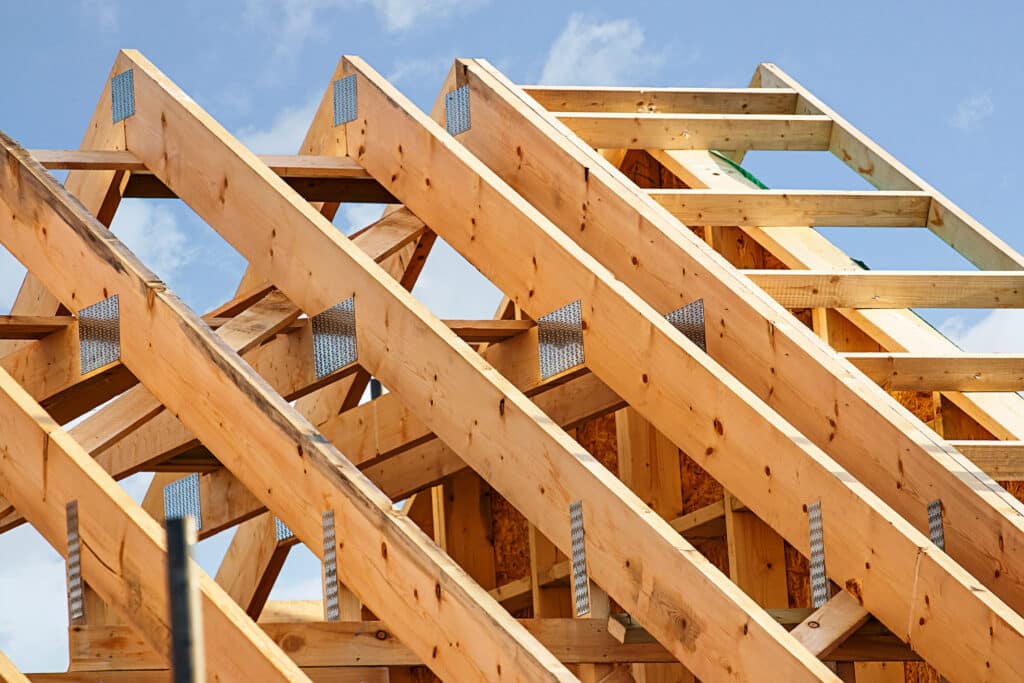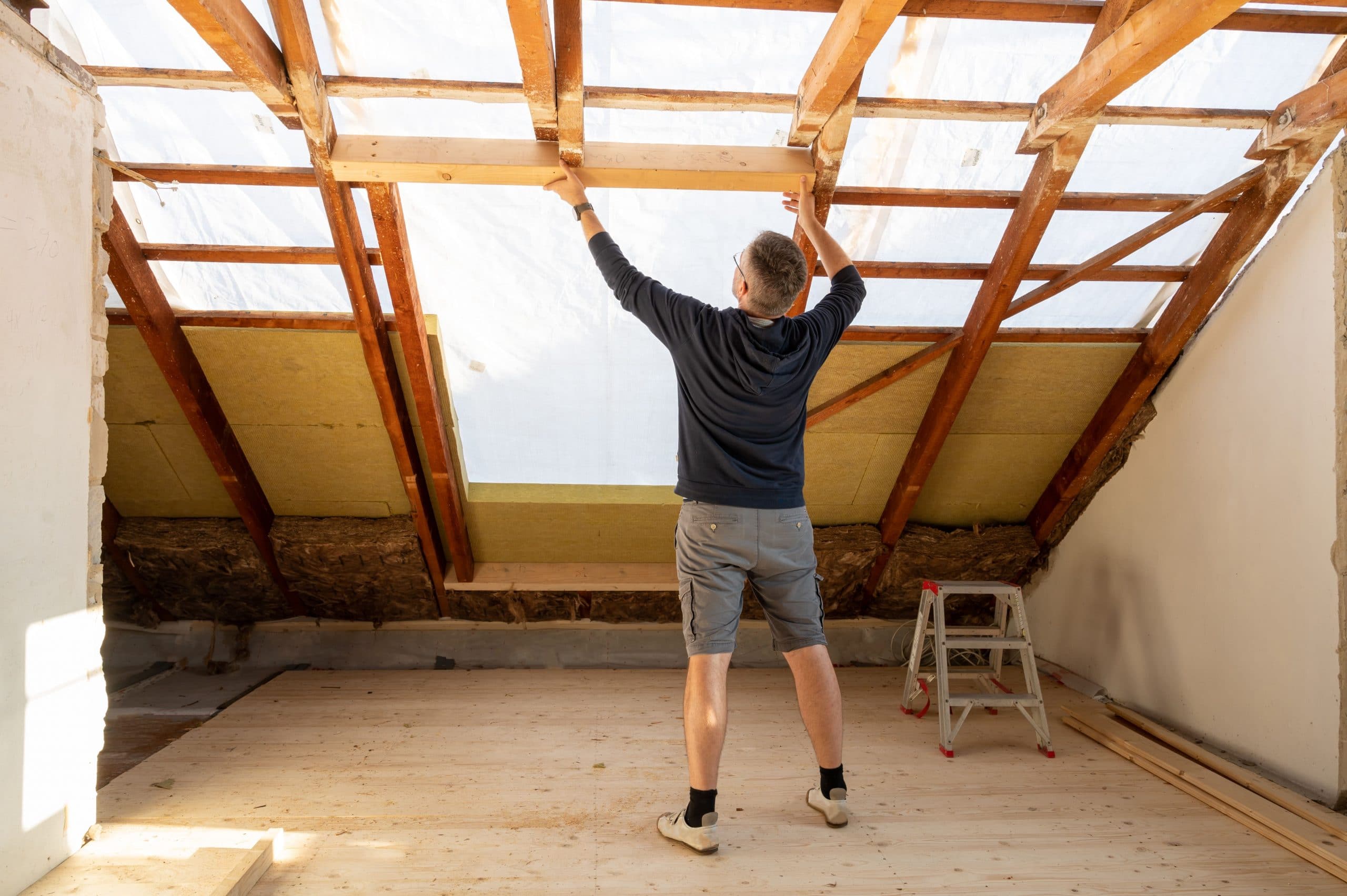When it comes to roofing, one of the primary decisions you’ll face is whether to use attic roof trusses uk or traditional rafters. Both methods come with distinct characteristics and advantages, and your choice can significantly impact your home’s design, functionality, and overall cost. In this blog, we’ll explore the differences between these two roofing structures to help you make an informed decision for your construction or renovation project.
Understanding Attic Roof Trusses
Attic roof trusses are pre-made triangular frameworks that serve as both structural supports for the roof and the basis for creating an open attic or loft area. They are known for their efficiency and quick installation, making them a popular choice in modern construction.
One key advantage of attic roof trusses is the maximised space they offer. They allow for the creation of usable attic space without requiring load-bearing walls or additional supports, making them ideal for storage or conversion into living areas. Their prefabricated nature often results in faster construction, reducing both time and labour costs. Additionally, attic trusses provide more design flexibility when it comes to the layout of the space below the roof, as they eliminate the need for central support posts or walls. Finally, insulating the space between attic trusses is relatively straightforward, leading to improved energy efficiency.
Exploring Traditional Rafters
In contrast, traditional rafters are individual sloping beams that form the framework for the roof. They have been used for centuries and offer a timeless and classic look to a structure. Rafters require additional supports, such as ceilings, joists or collar ties, to distribute the weight of the roof evenly.
One of the primary benefits of traditional rafters is their architectural appeal. They provide a more open and exposed ceiling design, adding character and charm to a space. Rafters offer a sense of craftsmanship and authenticity, making them particularly suitable for homes with a rustic or historical style. Furthermore, since rafters are individually installed, they allow for greater customisation of roof designs, which is beneficial for unique or complex architectural plans. They can also accommodate a variety of roofing materials and styles, making them suitable for a wide range of projects.

Factors to Consider When Choosing
The decision between attic roof trusses and traditional rafters should take into account several factors:
- Intended Use: Consider how you plan to use the attic space. If you want a spacious, unobstructed area, attic trusses may be more suitable. If you prefer exposed beams and aesthetics, traditional rafters may be the way to go.
- Architectural Style: Your home’s architectural style and design preferences will play a significant role in the decision. Rafters often complement traditional, historic, or rustic styles, while attic trusses are versatile for various architectural designs.
- Budget: Attic roof trusses are typically more cost-effective due to faster installation. Consider your budget and how it aligns with your project’s goals.
- Construction Time: If you’re looking to complete your project quickly, attic trusses are usually faster to install.
- Energy Efficiency: Attic trusses can offer better energy efficiency due to their ease of insulation, which can be a crucial factor in some regions.
Conclusion
In the attic roof trusses vs. traditional rafters debate, there is no one-size-fits-all answer. The choice ultimately depends on your specific needs, budget, and design preferences. Both methods have their advantages, and a well-informed decision will ensure that your roof not only serves its functional purpose but also enhances the overall aesthetics and appeal of your home. Consulting with a professional architect or builder is often the best approach to determine which option aligns best with your project’s objectives and constraints.

